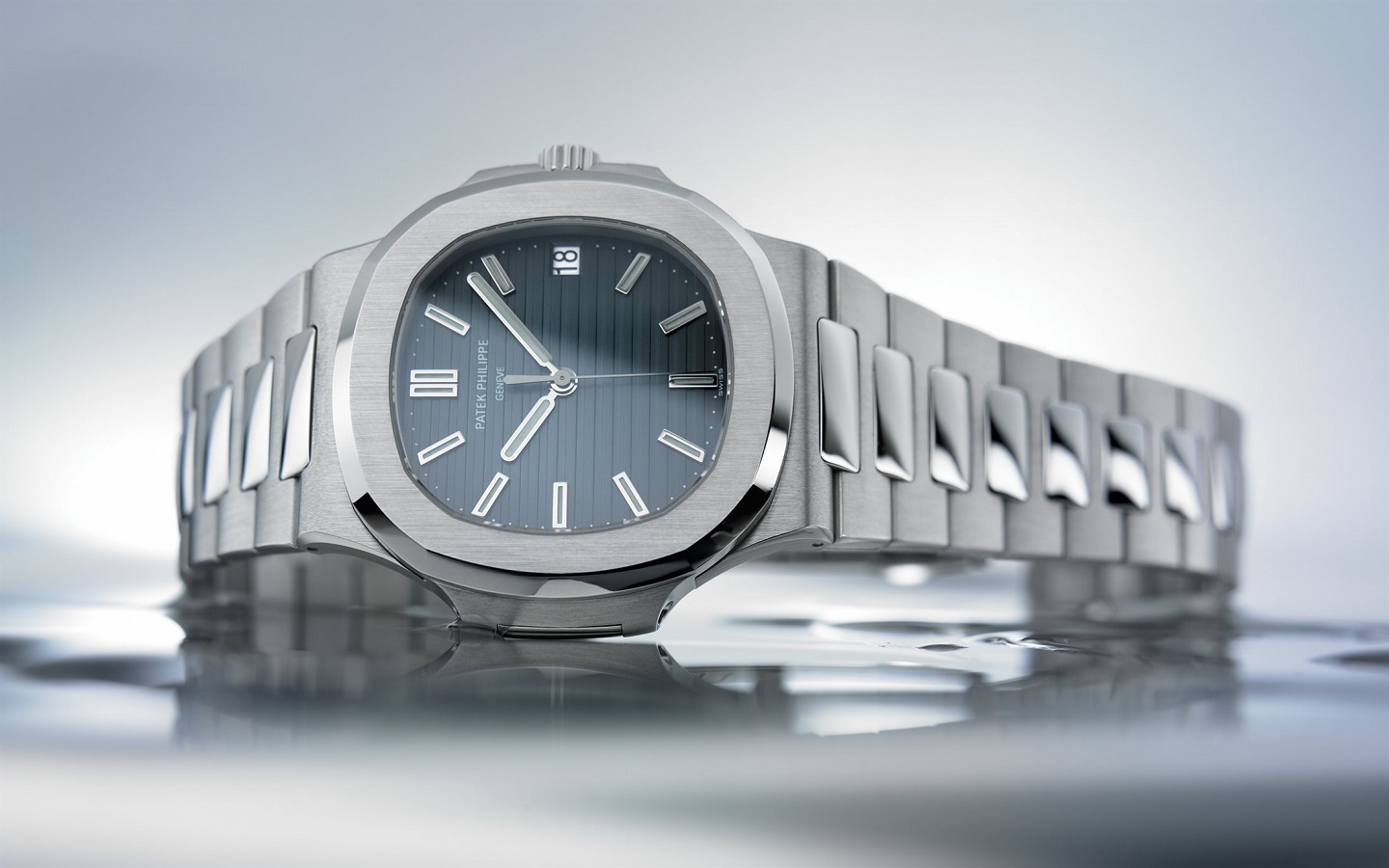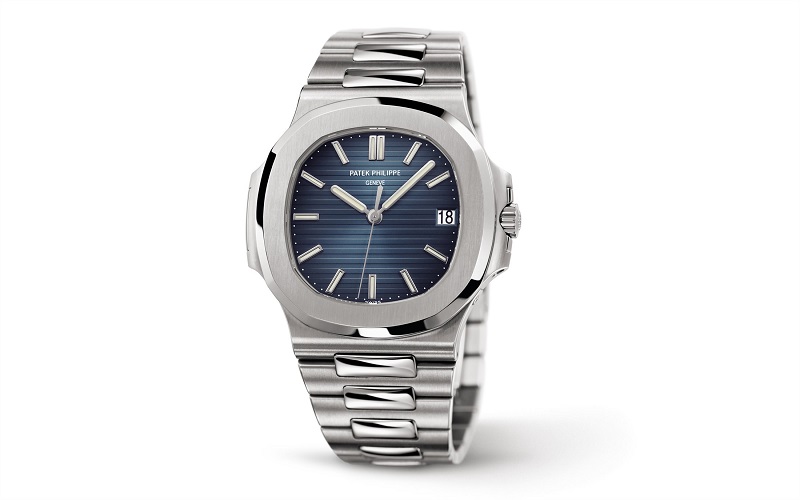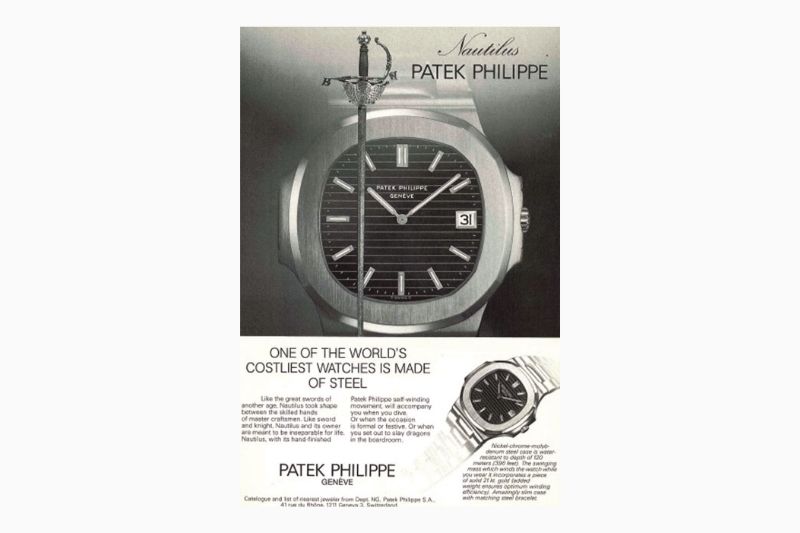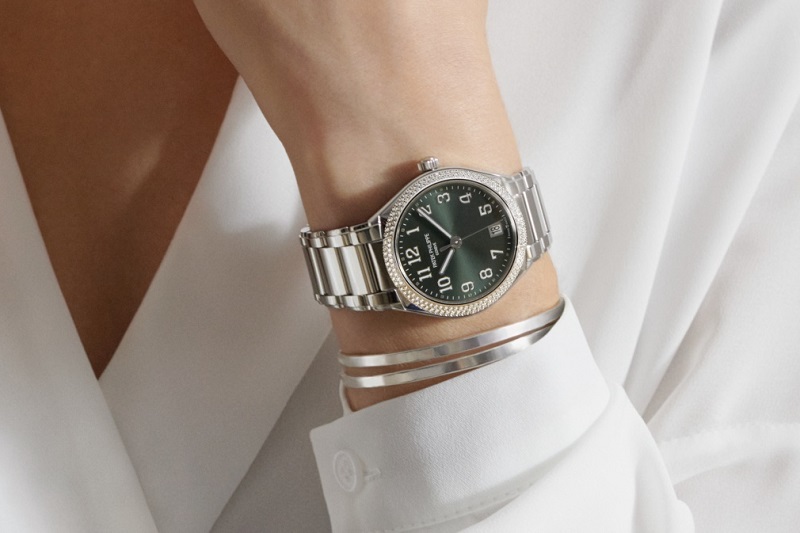
Patek Philippe’s 5711 was designed by industry legend, the late Gérald Genta (All photos: Patek Philippe)
It was like Hermès announcing the end of the Birkin. In the 37 years since its debut, the brand has carefully cultivated an air of ultimate luxury and exclusivity around the iconic bag, with approved buyers once waiting some six years to own one. The Nautilus reference 5711, though younger, is no less coveted.
When Patek Philippe confirmed the discontinuation of the 5711, it did so with signature understatement. Jasem al-Zeraei of @patekaholic, the top Patek Philippe fan page on Instagram, kicked off the rumour mill in early January when he teased his 345,000 followers with the suggestion that the 5711/1A-010 would be withdrawn from production. The news spread like wildfire.
“There has been so much noise around this Nautilus. My God,” company president Thierry Stern told The New York Times in a video interview from his Geneva home. “We don’t retire our watches by public announcement. The Nautilus does not deserve better treatment than another reference.”
A bold statement from the top when you consider the series has a waiting list of the better part of a decade. News that this was the last time clients could expect a fresh rollout sent after-market prices soaring as high as US$180,000 (RM727,170), over five times the value of a new one. But the move, while considered controversial by fans, is grounded in pragmatism.
stern_at_the_patek_philippe_watch_art_exhibition_2019_in_singapore_1.jpg

This is not the first time a brand has pulled a bestselling product, or one that is inextricably linked to its name or legacy. It has been done in other industries too, in the form of everything from Game Boy and Urban Decay’s Naked Palette to the Volkswagen Beetle, and the Audi TT in coming years.
So what motivates a brand to retire what appears to be its golden goose? In some instances, it is an inevitable development following changes in consumer needs or even legislation. The VW Type 2, that much-loved classic hippie minibus, was discontinued in 2013 when airbags and antilock brakes were made mandatory but could not be seamlessly worked into the design of the original. Some items are no longer aligned with a brand’s identity or trajectory, suffer falling sales despite their popularity or become an opportunity cost.
Hero products can be a double-edged sword. While they play an important role in bolstering bottom lines, they run the risk of not only defining the brand but also cannibalising attempts to move past the product with competing launches or expansions within the portfolio.
That seemed to be the case with the Naked Palette, once thought to be the most famous beauty palette in the world with over 30 million units sold — one every six seconds at its peak. Although that single, singular product earned Urban Decay over US$1 billion in eight years and spurred the launch of follow-up palettes such as Naked2, Naked3 and Naked Heat, the brand decided in 2018 that it was time to sharpen the axe. “If you’re going to go out, you should go out on top,” said a spokesperson. “We needed to make room for what’s next.”
nautilus_5711.jpg

Closer to home, there have been timepieces that have bid farewell in recent years. Key among them was the Rolex Submariner Hulk and the Omega Speedmaster Professional Moonwatch. In the case of the latter, it does not mark the end of an era for the watch that went to the moon and continues to be used in manned space flights — that is the kind of publicity you cannot buy, and killing the goose here might be like shooting yourself in the foot. Rather, the model with the 1861 calibre has been replaced with a comeback edition of the Calibre 321, first worn to the moon and now updated for modern collectors.
Pundits anticipate a similar strategy for Patek Philippe’s 5711, with a next-generation model expected to be unveiled at some point. The Nautilus is too solid a collection to be phased out. It was designed by an industry legend, after all — the late Gérald Genta, who introduced the concept of luxury steel timepieces and placed them on par with their precious metal peers. His breakthrough design in this category was a steel edition of the Royal Oak for Audemars Piguet that served the needs of those who wanted a sporty watch that could take a beating. The once-revolutionary — even appalling — idea caught on and was followed by the Nautilus for Patek Philippe.
Genta borrowed cues from the Stern family’s enthusiasm for yachting, designing a case in the shape of a transatlantic liner’s porthole and with “ears” on either side of the bezel that evoked the large hinges of the waterproof windows. This would become the Nautilus Ref 3700/1, launched in alloyed steel in 1976 at the same price as an 18-carat gold Patek Philippe watch.
patek_philippe_vintage_ad.jpg

In 2006, the Ref 5711/1A was revealed to mark the 30th anniversary of the Nautilus. It repeated the aesthetic restraint of the 3700 in a larger 40mm case with a black-blue or silvery-white dial embossed with horizontal lines, and baton-shaped hour markers and hands decorated in luminescent coating. Of the entire Nautilus series, it best resembled the original Genta design, which was retired in the 1980s due to lacklustre sales.
That is what makes the withdrawal of the 5711 so unexpected. As John Reardon, horology historian and former head of watches at Christie’s, told timekeeping website Hodinkee, “In the 1980s, only the ladies’ Nautilus line seemed to have a heartbeat. This time it is different. This time, the signature men’s reference was being removed when it is at the pinnacle of its desirability, arguably the most wanted luxury steel watch in the world.”
Ariel Adams of timepieces site A Blog to Watch argues that this was precisely the problem. The Nautilus 5711 regularly fetched over US$100,000 in the second-hand market, prior to the announcement that sent even this ludicrous figure skyrocketing (it is, after all, a basic time and date watch). It created unrealistic expectations for after-market prices as collectors began expecting their investment Patek Philippe timepieces to perform similarly.
“That simply isn’t practical, and no company can be expected to produce retail products that routinely go up in value after being originally purchased,” she writes. “Patek Philippe decided to shut down production of the Nautilus because it knew the steel watch’s popularity was a bubble, and that by feeding its growth, the company would just be contributing to the damage caused by an eventual burst.”
patek_philippe_twenty_4.jpg

She might be on the mark there.
“We cannot put a single watch on top of our pyramid,” Stern told The New York Times. And with an annual production of just 60,000 timepieces across 140 models, including 26 other Nautilus variations, that is quite a pyramid. “It’s too dangerous. I always have two goals in mind. To protect Patek Philippe as an industry leader and to push for the finest product, so we constantly create new models and are innovative with our movements. The second thing is, I have to protect my client. For that, a Patek Philippe watch must keep its value. We know, and our retailers know, that we will never be able to supply enough watches for all the people on the lists, because we don’t have them. It is as simple as that.”
Reardon agrees. “Ending the Ref. 5711 was a brilliant move because there are too many speculators buying this watch,” he muses in The New York Times. “This is Patek Philippe, not Bitcoin.”
And so ends a chapter of the Nautilus story. But not quite yet; for all his pragmatism in ensuring the company’s health, Stern understands the emotional attachment fans might have to the 5711 and says the model will have a victory lap before retirement.
“We will have a surprise final series of the Ref. 5711, and it is not what was left in the pipeline,” he said. “How many there will be, I cannot say. It won’t be enough for everyone who is waiting for one, because that is not possible, but we will do our maximum.”
By Patek Philippe’s standards, that is not very many at all.
This article first appeared on Mar 1, 2021 in The Edge Malaysia.


